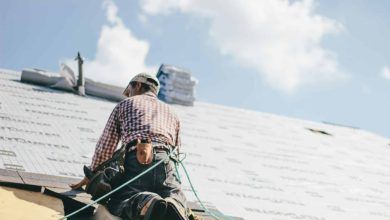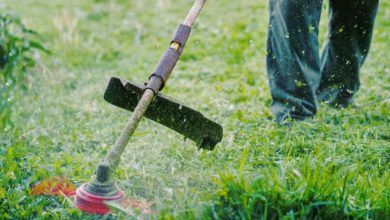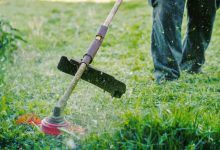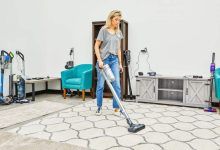
How To Get Your Home Cleaned Up After Water Damage
Flooding in the home can be devastating. Whether it’s from a natural disaster, a burst pipe, or a toilet has overflowed into the hallway, any amount of water in the home can lead to some serious water damage. Depending on the size of the mess, you could be dealing with a myriad of other issues that need to be considered when doing water damage repair.
The water could get into areas of the home that are not all that easy to reach and the more water that penetrates into the floors and walls, the greater the likelihood of mold growth and structural weaknesses becoming apparent in wood and drywall. Not to mention the impact water can have on your home’s electrical systems, causing a whole new set of hazards that could put you and your family at even more risk.
The key is to clean up the mess as quick as possible and then calling water damage restoration fairfax to come in and return your home to it’s normal condition, safe and dry.
Turn Off The Electricity
If there is any level of standing water in your home, you must first shut down the power to the home to avoid anyone who steps into the dwelling from being electrocuted. Depending on the level of water that exists, you will need to shut off the power in the entire home or disconnect and unplug any electrical appliances or electronic devices in the room where the water has accumulated.
Document The Damage
You will need this for when you file a claim with your insurance company. Take photos of all the damage and record everything about the current state of the home and the amount of water inside of it. If you know the source of the flooding, take pictures of that. Get photos of all your belongings and any other damage that the water has caused to the home itself. This is all to support your claim, so be thorough.
Remove The Water
Do this only after you have documented everything that has occurred but do it quickly because the longer the water sits in the home, the more damage being done. Be sure there is no threat of electrocution from stepping into the home either. Flush the water as best you can, depending on the extent of the mess, you may need major equipment to get it all out or just a few buckets and a lot of time and patience.
Drying Out
Once the water is all gone, you need to get some strong airflow going through the parts of the home that were affected. Air flow is good for combating the growth of mold and mildew from moisture. Use some fans, open some windows, get that evaporation started quickly. When everything is complete dry, you can start cleaning all of the affected areas and items with heavy duty cleaners and disinfectants. Be thorough in your cleaning, don’t forget anything whether it’s your furnishings, personal belongings, the floors and walls. Disinfect it all.







